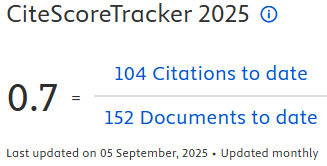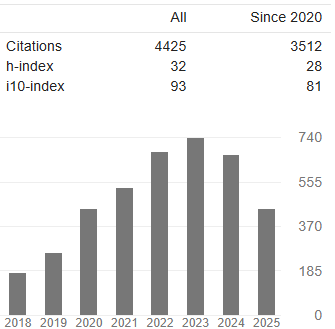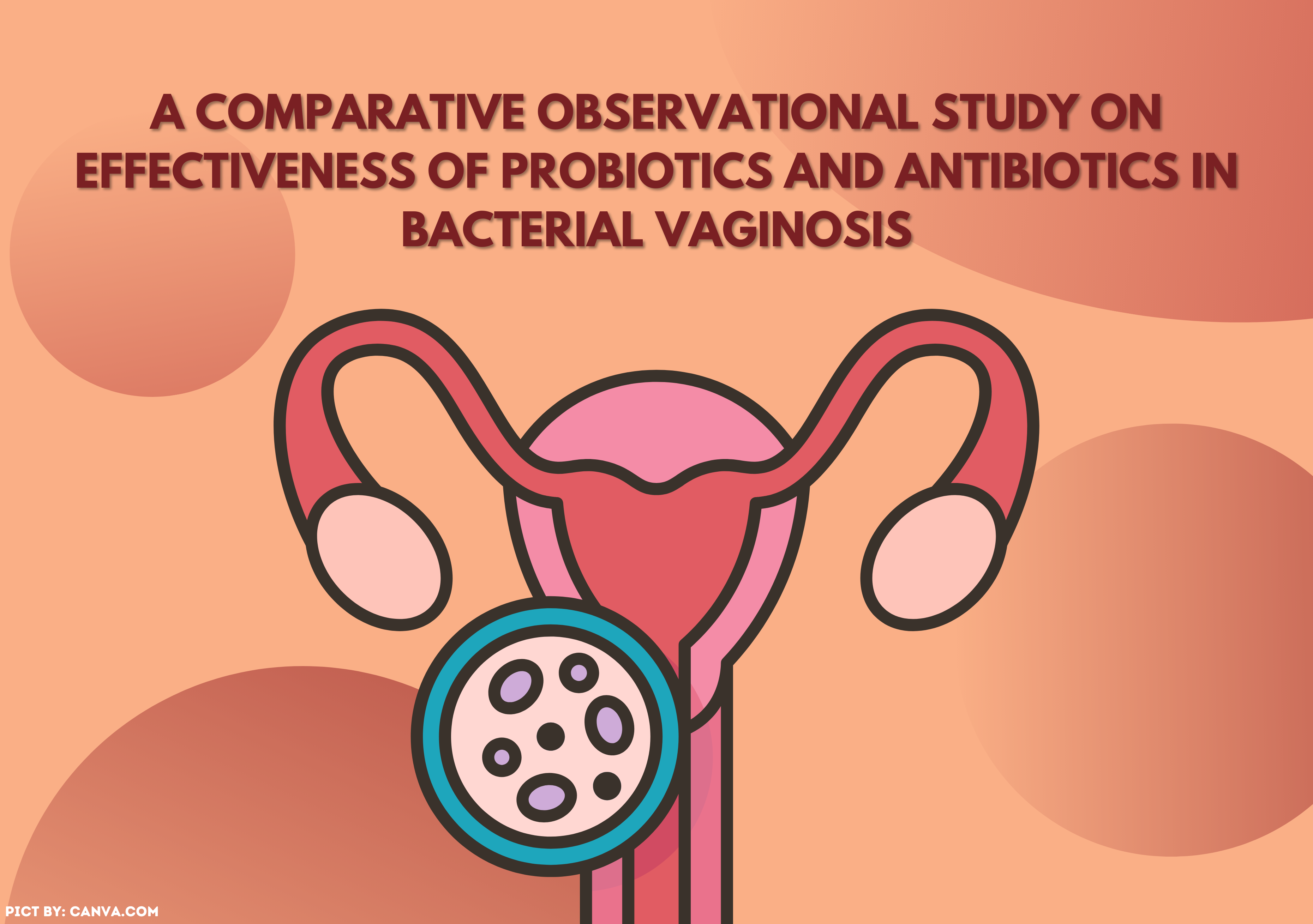FAKTOR HUMAN, ORGANIZATION, DAN TECHNOLOGY DALAM PENGGUNAAN APLIKASI S IMPUS UNTUK PENDAFTARAN PASIEN DI PUSKESMAS MULYOREJO SURABAYA
Downloads
Choe, J.M. 1996. The Relationships Among Performance of Accounting Information Systems, Infl uence Factors, and Evolution Level of Information Systems. Journal of Management Information System. Vol. 12 (No. 4): 215- 239.
DeLone, W.H., McLean, E.R. 2003.The DeLone and McLean Model of Information System success: A ten-year Update. Journal of Management Information, Vol.19 (No.4): 9–30.
Dewi, R.S. 2009. Pengaruh Pelatihan terhadap Pengetahuan, Sikap, dan Keterampilan Petugas dalam Pengelolaan Vaksin Program Imunisasi di Unit Pelayanan Kesehatan Kabupaten Karanganyar. Tesis. Surakarta: Universitas Sebelas Maret Surakarta.
Fetri, Y. 2009. Pengaruh pelatihan, Dukungan Top Management dan kejelasan tujuan terhadap Kepuasan Pemakai Sistem Akuntansi Keuangan Daerah. Skripsi. Padang: Universitas Negeri Padang.
Hall, J. 2011. Sistem Informasi AkuntansiEdisi Empat. Jakarta: Salemba Empat.
Istianingsih, Utami, W. 2009. Pengaruh Kepuasan Pengguna Sistem Informasi terhadap Kinerja Individu.Vol SNA XII. Pontianak: Simposium Nasional Akuntansi.
Livari, J. 2005. An Empirical Test of the DeLone and McLean Model of Information System Success. Journal Database for Advances in Information Systems, Vol 36 (No.2): 8.
Nuning, S.N. 2014. Pengaruh Kerjasama Tim Terhadap Kinerja. Jurnal Manajemen dan Kesehatan Kerja, Vol 14 (No.5): 155–162.
Nurcholis, H. 2007. Teori dan Praktek Pemerintahan dan Otonomi Daerah. Jakarta: P.T. Gramedia Widiasarana Indonesia.
Oetomo, B.S.D. 2002. Perencanaan dan Pengembangan Sistem Informasi Edisi I. Yogyakarta: ANDI.
Oswari, T., dan Miftah, A. 2008. Pengembangan Sistem Informasi Melalui Pemahaman Pengguna Sistem dan Kualitas Sistem. Seminar Ilmiah Nasional Komputasi dan Sistem Intelijen (KOMMIT 2008). Depok: Universitas Gunadarma.
Pramesti, K. 2014. Evaluasi Pemanfaatan Aplikasi Sistem Informasi Manajemen Puskesmas ( SIMPUS) Menggunakan HOT-FIT Model di Kota Surabaya. Tesis tidak diterbitkan. Surabaya: Universitas Airlangga.
Sampurna, R. D. 2014. Persepsi Kemudahan Dan Kemanfaatan Sistem Informasi Manajemen Puskesmas (Aplikasi Sistem Pendaftaran Dan Pelaporan) Di Puskesmas Danurejan Ii Kota Yogyakarta. Yogyakarta: Universitas Gadjah Mada.
Sugiyono. 2007. Metode Penelitian Kuantitatif. Bandung: CV. Alfabeta. Sugiyono. 2016. Metode Penelitian Kombinasi (Mixed Methods). Bandung: Alfabeta.
Sutrisno, E. 2010. Budaya Organisasi. Jakarta: Kencana Prenadda Media Group.
Soedjono. 2005. Pengaruh Budaya Organisasi terhadap Kinerja Organisasi dan Kepuasan Kerja Karyawan pada Terminal Penumpang Umum di Surabaya. Jurnal Manajemen dan Kewirausahaan.Vol.7.No. 1. Thesis. Surabaya: Universitas Petra.
Robbins, S. 1996. Perilaku Organisasi, Konsep, Kontroversi dan Aplikasi. Alih Bahasa: Hadyana Pujaatmaka. Edisi Keenam. Jakarta: PT. Bhuana Ilmu Populer.
Wang, S. 2007. Assesing E-Commerce System Success: A Respicication and Validation of The DeLone and McLean Model of is Success. System Information Journal Blackwell Publishing, Vol. 3 (No.1): 1–29.
Wibisono, S. 2012. Sistem Informasi Manajemen Puskesmas (Simpuskesmas) berbasis Cloud Computing. Jurnal Teknologi Informasi Dinamik, Vol. 17 :141–146.
- The authors agree to transfer the transfer copyright of the article to The Indonesian Journal of Public Health effective if and when the paper is accepted for publication.
- Authors and other parties are bound to the Creative Commons Attribution-NonCommercial-ShareAlike 4.0 International License for the published articles, legal formal aspect of journal publication accessibility refers to Creative Commons Attribution-NonCommercial-ShareAlike 4.0 International License (CC BY-NC-SA), implies that:
- Attribution ” You must give appropriate credit, provide a link to the license, and indicate if changes were made. You may do so in any reasonable manner, but not in any way that suggests the licensor endorses you or your use.
- NonCommercial ” You may not use the material for commercial purposes.
- ShareAlike ” If you remix, transform, or build upon the material, you must distribute your contributions under the same license as the original.































